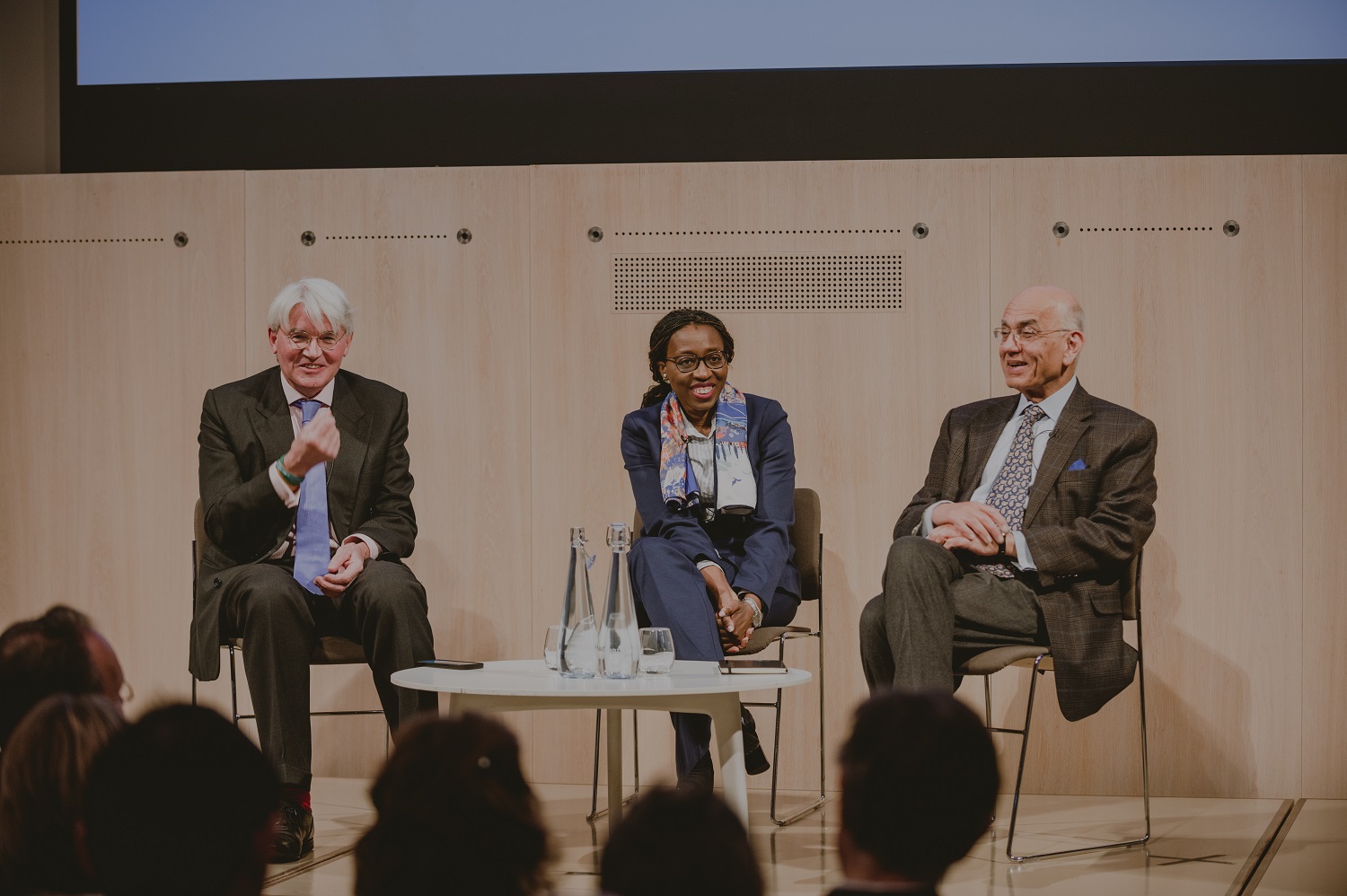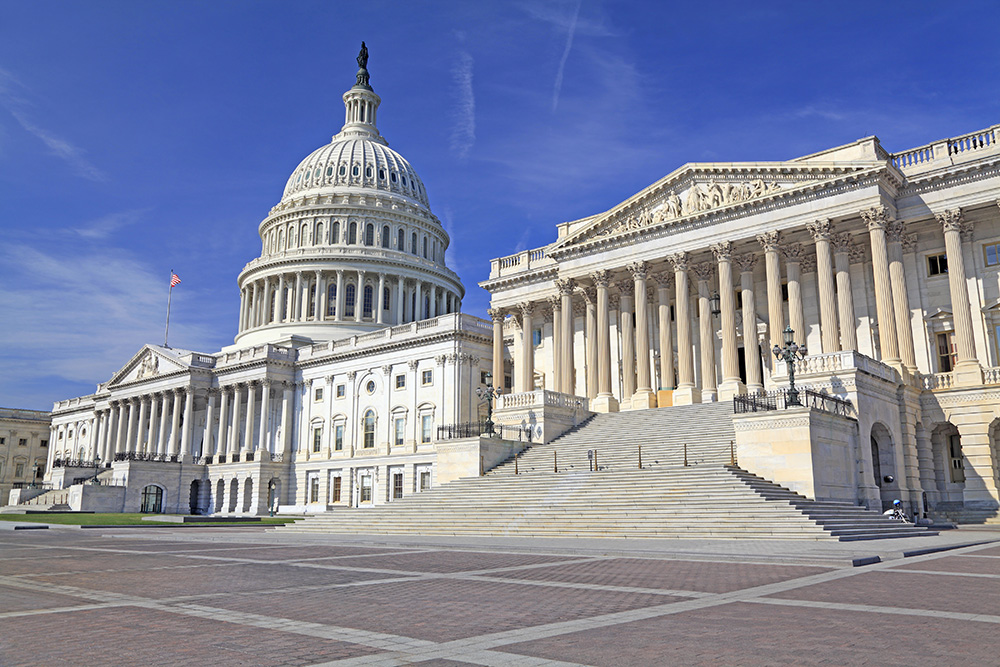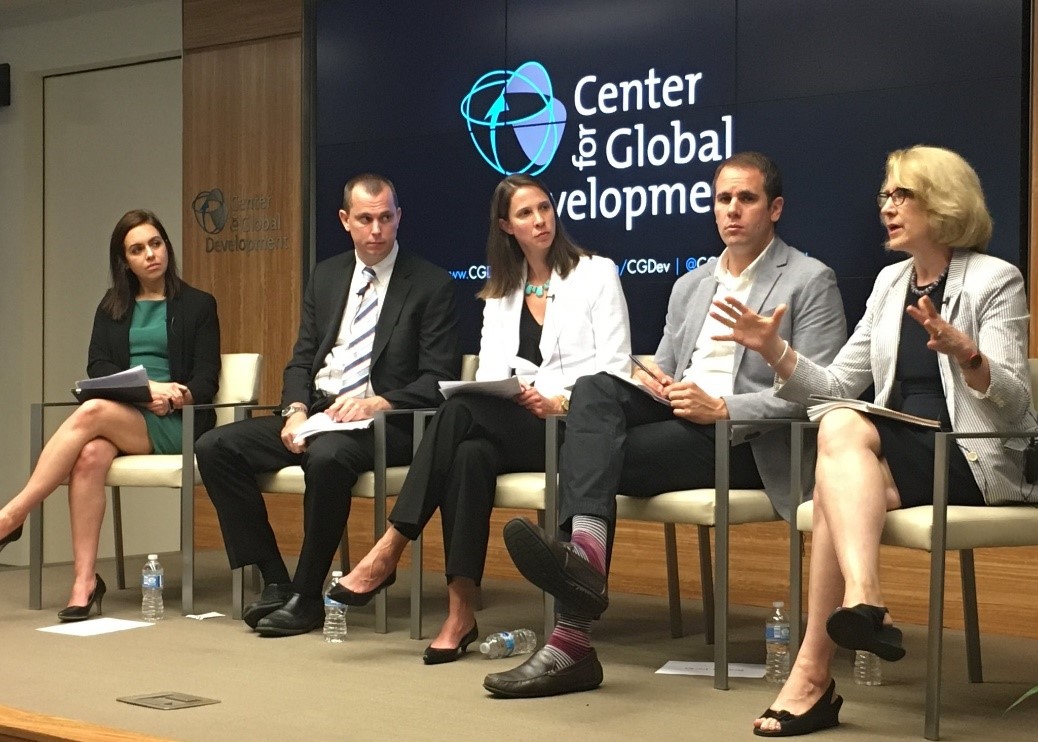The President’s Global Development Council released a bang-up set of recommendations as the Obama administration draws to a close.
You might recall that the GDC was off to a painfully slow start—first envisioned in the Presidential Policy Directive in September 2010, announced in February 2012, but without a first public meeting until April 2014. Still, from there on out, it produced several excellent blueprints that deserved considerable attention from the administration and the US development community. The Council should be commended for taking its mandate seriously, even if it wasn’t always clear the administration did the same.
This latest memo, titled “Progress to Date and the Way Forward,” includes exactly that. The assessment of progress to date is surprisingly candid. And the way forward includes recommendations for the last few months of the Obama administration, as well as the next one. These run the gamut from smart bureaucratic moves before President Obama leaves office (institutionalize Policy, Planning and Learning at USAID) to how to move beyond aid in a changed development landscape (specifics on expanding the role of and USG coordination with the private sector) to much-needed reforms of global systems (overhaul humanitarian relief—and use cash).
Recommendations of particular note include:
-
Establish a US Development Finance Bank. As the GDC has said before, and as CGD’s Todd Moss and Ben Leo have long championed, a USDFC with modern development finance tools can help nudge much-needed private sector investment into developing countries. Here’s how to make it happen.
-
Establish a Forest Foundation Fund. Yes, please! Tropical forests are a win for both climate and development. They are a cheap, proven carbon capture and storage technology that we already have. A new CGD book, Why Forests? Why Now? due out next month, shows that that halting tropical deforestation and allowing degraded forests to recover could mitigate up to 30 percent of current global greenhouse gas emissions. And as CGD researchers Frances Seymour, Jonah Busch, and Michele de Nevers tell us, this fund is ripe for a payment-for-performance structure.
-
Outcome-Based Financing. There’s a lot of lip service around paying for outcomes these days. And this is one area where I wish the GDC would have been a more forward leaning. They recommend “utilize Payment for Results and embrace a bigger push to utilize outcome-based financing as a regular part of operations” and note that the USG has increased its use of payment-for-results. But there could have been a stronger push to the agencies (USAID!) and the next administration on shifting more of our funding toward paying for outcomes.
What was missing?
The GDC couldn’t and shouldn’t have covered everything, but to me, there were two big gaps. First, it was surprising not to see more (anything) on global health, given that it is almost one-third of our foreign assistance dollars and that US leadership on global health security issues, from Zika to the next pandemic outbreak, will certainly be required. Many experts, including CGD’s own Amanda Glassman and Rachel Silverman, see a scaling-up of US global health security efforts as a critical priority for the next administration. Second, I had hoped against hope that we would see something on migration and its enormous potential benefits for development—not to mention domestic—gains. One recommendation the GDC might have considered: a USG lead for advancing labor mobility as a tool for development. Thought leadership from the GDC on both issues would have been welcome.
What next?
Cynics will disagree but I think there’s value in a President’s Global Development Council and that it can help to shape more thoughtful, impactful US development policy that goes beyond aid. I hope the next administration will continue it and the development community will do more to support it in both ideas and attention. Before moving forward, the next administration should do a review of best practices for presidential advisory boards. Several seem to expend greater energy on PR rather than providing the president with independent, big-think ideas and frank, actionable assessments. The GDC can certainly claim more of the latter, but the next administration must consider how to act on the recommendations it receives.
CGD blog posts reflect the views of the authors, drawing on prior research and experience in their areas of expertise.
CGD is a nonpartisan, independent organization and does not take institutional positions.





